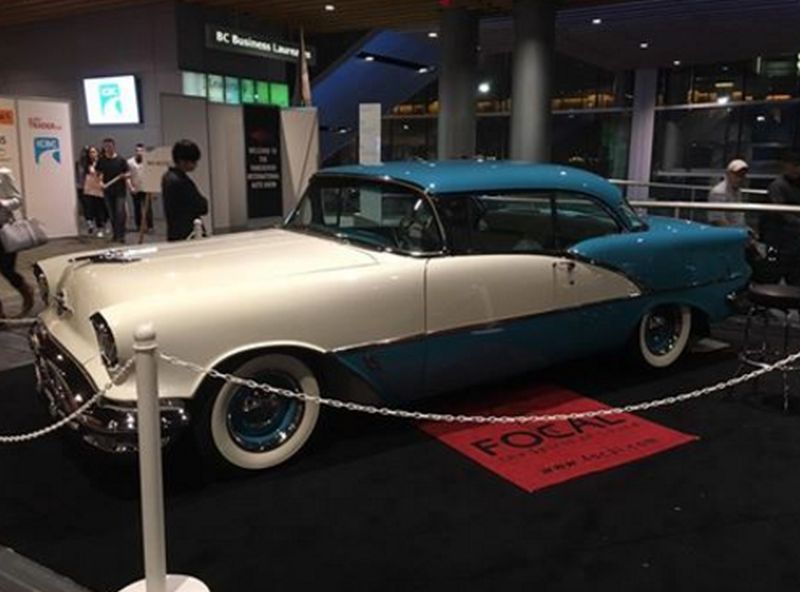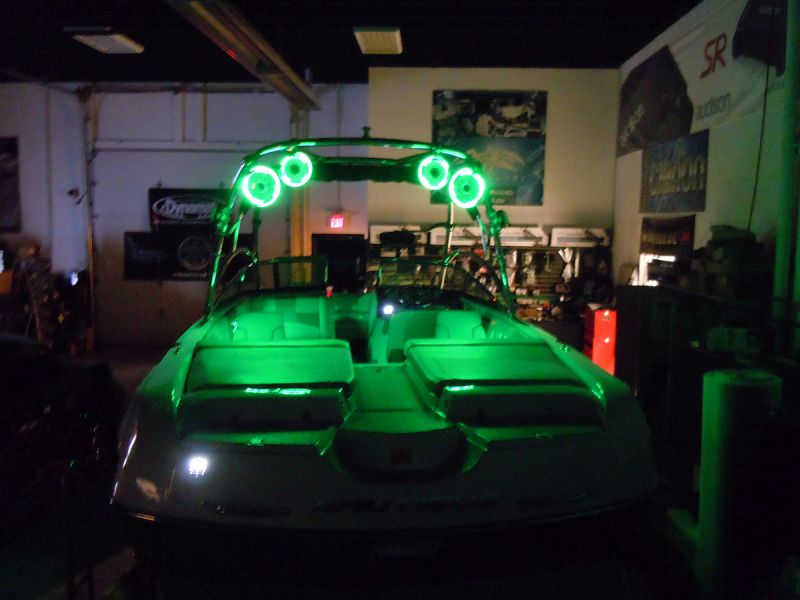Restoring a muscle car is an awesome idea. Let’s face it – a classic American muscle car like a ‘67 Mustang or a Chevy Camaro is basically the ultimate driving machine; and, hence, any auto enthusiast would love to have the chance to drive one.
Of course, we love muscle car restoration – but because we love restoring muscle cars, we think that you should know a little more about the process. Many people who are interested in restoring a classic car are totally unaware of the investment of time, money, and effort that’s required to make their project a success.
Restoring a classic muscle car isn’t easy. It’s not cheap. And while it is fun, it can also be extremely frustrating. If you’re thinking about buying and restoring a classic muscle car, here are 5 things you should know – before you make your investment.
-
You Should Restore A Muscle Car For Fun – Not For Profit

You’re probably not going to make any money on your project. Car restoration can be extremely expensive, and even though a muscle car that’s restored to great condition will carry a high dollar value, you have to take into account the amount you spent on parts, bodywork, and other professional services, as well as the cost of your own labor.
If you do the math after your project is finished, you’ll find that you probably didn’t make much money on your restoration – if you make any at all.
Les Jackson is an automotive restoration specialist, and he’s restored over 17 classic cars for his own use over the years. He takes care of the entire restoration process himself – from stitching seats to restoring bodywork. And despite this fact, he puts his overall return on investment for restoring a car at about $3 per hour – less than half of what you would make flipping burgers at McDonald’s.
If Mr. Jackson can’t even turn a tidy profit on his hobby – and he does all of the work himself, without paying for contractors – it’s unlikely that you’ll be able to make much money on your project.
So keep your project in perspective. It’s not really an investment – it’s a hobby. And if you want your project to succeed, you’ll have to be willing to spend money, and lose out on making money from your car restoration project.
-
You’ll Be Spending A Lot Of Time Learning
Restoring a classic car takes a lot of research. You have to understand the factory parts that came with your car, find viable alternatives, learn about the mechanics of each individual muscle car, and spend time planning and researching your restoration process.
There are loads of resources out there to help you, though – auto enthusiast forums like Hot Rod can provide you with valuable information that can aid you as you restore your muscle car.
Just have the appropriate expectations. You’re probably going to spend quite a bit of time poring over search results and forums to find answers to your questions – perhaps more than you invest in actually repairing and restoring your car.
-
You’re Going To Spend More Money Than You Think
You’ve probably already set a budget for your muscle car restoration project. Double it – and you might be closer to the true cost of the project. Even then, that may not even be close to the total cost of your restoration project. It’s very hard to determine how much each individual restoration will cost, because each individual car will be in different shape, and require vastly different parts to function correctly.
Parts are one of the most expensive money-sinks when restoring a muscle car. Because classic muscle cars are no longer mass-produced, it’s going to be hard to find what you need at a reasonable cost. Parts offered online will usually carry a high price premium, even if you find what you need.
Alternatively, you can visit local scrap yards and junkyards in an attempt to find parts that will work with your project, but this will require a high investment of time and effort as you restore the requisite parts and add them to your project.
So while it’s a good idea to have an overall budget predetermined for your project, you must understand that you’re likely to exceed it by quite a bit.
-
The Project Will Take You A Long Time

Do you know what you’ll spend the most time doing when you’re restoring a muscle car? Waiting.
Waiting for parts to come in so that you can install them, waiting for your auto body specialist to complete work, waiting for your mechanic to take a look at your engine and tell you what you need – you get the idea.
All this waiting means that your project is going to take a long time. A professional restoration shop will likely take around 1000 hours to restore your car – if you’re an amateur, you’re looking at somewhere above 2000+ hours. If you plan on finishing your car within two years, that means 2.75 hours of work per day with no days off. And that doesn’t even factor in waiting for parts to arrive, or to be restored – just total labor hours required.
So be realistic about how long it will take you to achieve your goal. It could be two years, three years, or more – don’t be disappointed if your expected timeframe slips.
-
Life Gets In The Way – You Might Never Finish Your Project
Maybe you need to move to a new home, you got a new job, or you just had a child. Guess what’s going to fall by the wayside as you work through your most important life events?
Life has a tendency to get in the way of a muscle car restoration – and you’re likely to neglect your project when more important things come up. That’s not a bad thing – life is more important than a classic car – but you have to at least consider the possibility that you might never finish your project.
Again, it’s important to maintain perspective. Your project is a fun hobby – and looking at it as such will prevent you from being frustrated if you don’t end up finishing your muscle car restoration. You didn’t waste the hours you spent working on it – you enjoyed the process, and learned a lot about classic cars and how they function.
Obviously, you should try to finish your project – but you must also make peace with the fact that you might never do so.
Be Realistic, Be Honest With Yourself – But Have Fun!
We have not written this article to discourage you from restoring a muscle car yourself. Far from it – it can be one of the most rewarding experiences you can have! We just want you to have a clear perspective on the time, effort, and money that will be required to make your project a success – before you invest in a classic muscle car.
So think about the above information. If none of it scares you and you’re confident that you’ll enjoy the experience of restoring a muscle car, it’s time to start looking for a great muscle car for your project. A great choice would be a 1965-1970 Ford Mustang – millions of these “pony cars” were built, and still, many companies offer replica parts and bodywork, which can be a big help when you’re taking on your first car restoration project.
Just be realistic about your goals and expectations, be honest about your car restoration abilities – but most of all, have fun during the process! There’s truly nothing else like restoring a classic muscle car, and you’ll love the experience.
Article Submitted By Community Writer




